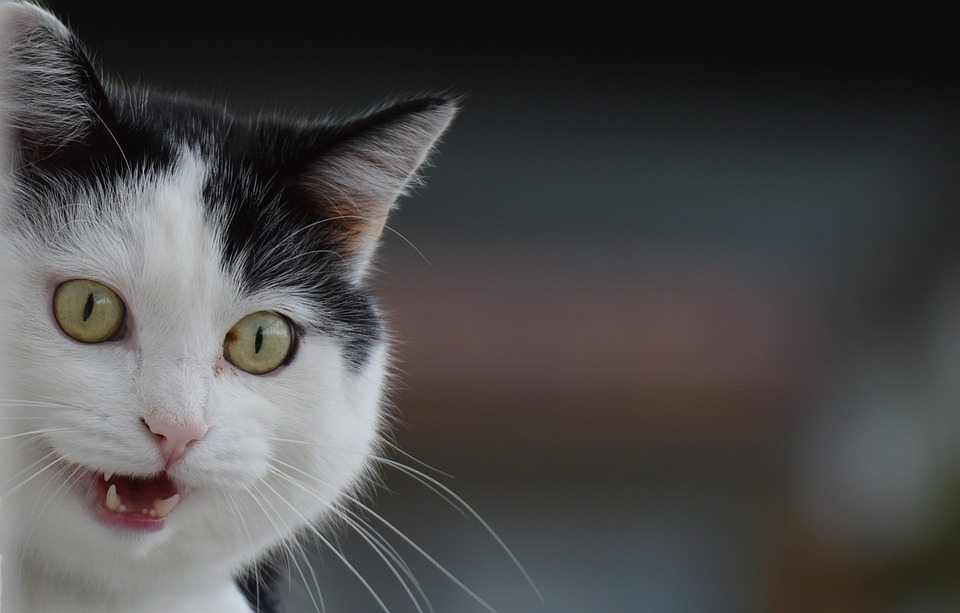Indoor vs. Outdoor: Examining the Impact of Environment on Cat Behavior
As a cat owner, you may have wondered whether your feline companion is better off as an indoor or outdoor pet. Understanding the impact of environment on cat behavior is crucial for providing the best care possible. In this article, we’ll delve into the advantages and disadvantages of both indoor and outdoor settings, shedding light on how each environment influences your cat’s behavior and overall health.
The Benefits of an Indoor Environment:
1. Safety and Protection:
Keeping your cat indoors shields them from potential dangers such as traffic accidents, predators, and exposure to diseases. Cats that roam outdoors are at a higher risk of encountering harmful situations. Limiting the risk of injuries caused by fights with other animals or territorial disputes is another advantage of an indoor environment.
2. Reduced Health Risks:
Minimizing the chances of contracting parasites, infectious diseases, or ingesting toxic substances is a significant benefit of keeping cats indoors. Lowering the risk of encountering outdoor hazards, such as poisonous plants or hazardous chemicals, contributes to a healthier lifestyle for indoor cats.
3. Enhanced Lifespan and Health:
Indoor cats tend to live longer due to a reduced likelihood of accidents and exposure to diseases. By keeping them safe from outdoor dangers, you increase their chances of a longer and healthier life. Reduced stress levels and increased comfort in the indoor environment also contribute to better overall health and well-being for indoor cats.
4. Environmental Enrichment:
Providing a stimulating indoor environment is essential for keeping cats entertained and preventing boredom. Toys, scratching posts, and climbing structures can simulate the natural behaviors of hunting and climbing. Engaging in interactive play and mental stimulation activities helps keep indoor cats physically and mentally active.
The Appeal of an Outdoor Environment:
1. Exploration and Stimulation:
Outdoor environments offer a wealth of sensory experiences for cats, allowing them to explore and satisfy their natural instincts. The opportunity to roam, climb trees, and sunbathe contributes to a more dynamic and fulfilling life for outdoor cats.
2. Mental Stimulation:
Interacting with other animals and encountering a variety of scents and sights can provide mental enrichment for outdoor cats. Access to natural stimuli like grass, leaves, and insects can be beneficial for their overall well-being.
3. Exercise and Weight Management:
Outdoor cats have more space to roam, climb, and engage in physical activity, aiding in weight control. The opportunity to explore and play outside helps prevent obesity-related health issues that can be common in indoor cats.
4. Independence and Freedom:
Outdoor cats have the freedom to come and go as they please, satisfying their need for independence. Increased mobility and exploration can contribute to a more content and fulfilled feline companion.
FAQs (Frequently Asked Questions):
Q1: Is it possible to provide an outdoor-like experience for an indoor cat?
A1: Yes, by creating an enriched indoor environment with climbing structures, window perches, and interactive toys, you can simulate certain aspects of the outdoor experience for your indoor cat.
Q2: How can I keep my outdoor cat safe?
A2: Ensure your outdoor space is secure and escape-proof, provide regular veterinary care, and consider using a breakaway collar with identification tags. Additionally, supervise your cat’s outdoor activities to minimize potential risks.
Q3: Can I transition my outdoor cat to an indoor lifestyle?
A3: While it can be challenging, transitioning an outdoor cat to an indoor lifestyle is possible. Gradual adjustments, providing ample stimulation, and using positive reinforcement techniques can help ease the transition.
Q4: How can I prevent my indoor cat from getting bored?
A4: Rotate toys regularly, engage in interactive play sessions, and create vertical spaces for climbing and perching. Puzzle feeders and food-dispensing toys can also provide mental stimulation.
Q5: Are there any compromises between the two environments?
A5: Yes, you can consider supervised outdoor time using a secure enclosure or a controlled outdoor space, such as a catio, to provide a compromise between indoor safety and outdoor stimulation.
Conclusion:
Deciding whether to keep your cat indoors or allow outdoor access requires careful consideration of various factors, including your cat’s personality, health, and safety. While the indoor environment offers numerous benefits in terms of safety and protection, outdoor access can provide mental stimulation and satisfaction of natural instincts. Ultimately, finding a balance between the two environments can help ensure your cat’s well-being, happiness, and longevity.








